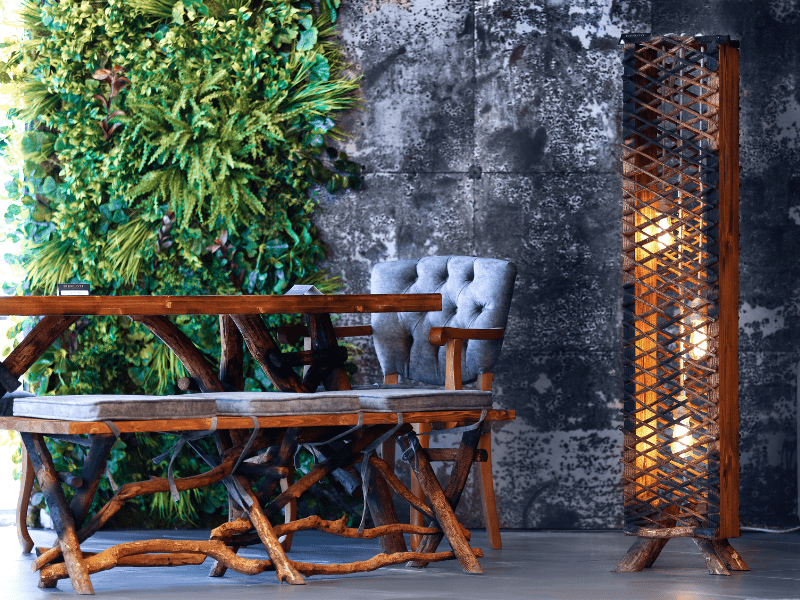Looking to add a touch of nature to your home without taking up too much space? An indoor vertical garden might just be the solution. Not only can you enjoy the benefits of having greenery indoors, but you can also harvest your own fruits and vegetables.
But where do you start? In this article, we’ll review some basic things to consider for starting indoor vertical garden.
Location Matters
The first step in creating an indoor vertical garden is choosing the right location. Look for a wall or area that gets ample natural light. Although artificial light can be used, natural light is generally considered better for plants as it provides a full spectrum of light wavelengths that plants need to thrive.
The area needs to be able to support the weight of the garden structure. This is usually not a major problem but you probably shouldn’t attempt to grow a bunch of pumpkins from a structure that is hanging on some drywall.
Make sure to also consider a location near a power source, especially if using grow lights.
Get the Right Lighting
Speaking of grow lights… Grow lights can be a great option for areas that don’t get enough natural light. They can also be used for areas that have zero light exposure.
The right lighting is critical for plant growth in an indoor vertical garden. Luckily, there is a lot of innovation and development in this area so there are plenty of effective options.
Most tend to lean toward LED grow lights due to their energy-efficiency and low heat emission. This makes them ideal for indoor gardening. Just remember to install them in the appropriate position to ensure that your plants receive adequate light.
Choosing the Best Growing Medium
The growing medium is the material that your plants will grow in. Choosing the right growing medium is important for the success of your indoor vertical garden. Look for a well-draining, nutrient-rich, lightweight mediums.
Some examples include peat moss, coco coir, or a soilless mix. Soil can be used but be mindful of the weight it adds to the structure, especially when wet.
Selecting the Right Plants
Selecting the right plants is an important part of the process. Choose plants that are known to be suitable for indoor growing if you want to increase your chances of a successful vertical garden.
Herbs, leafy greens, certain fruits, and small vegetables with shallow root systems are ideal for vertical gardens. Consider plants like basil, parsley, lettuce, and strawberries.
Irrigation System is a Must
Equally as important as lighting, an irrigation system is a must-have for keeping your vertical garden hydrated. It can be as simple as manual irrigation with a lighting can or a more advanced setup such as a drip system or a recirculating system.
Automatic systems should be monitored regularly to clogging and adequate water flow. There should also be adequate drainage to prevent overwatering the plants.
Maintain Your Vertical Garden
Proper maintenance is necessary to keep your vertical garden happy, living its best life. It will look nice too!
Regular pruning can help encourage growth as well as prevent overcrowding. Testing the pH of the medium will prevent plant disease and failure to thrive. Testing the medium’s moisture can reduce risk of overwatering. Tools to assist with maintenance can be easily obtained at affordable prices.
In summary, a successful indoor vertical garden requires some planning and attention to a few important details. By choosing the right location, lighting, growing medium, plants, irrigation system, and maintenance routine, you can create a stunning and sustainable garden in your own home.

